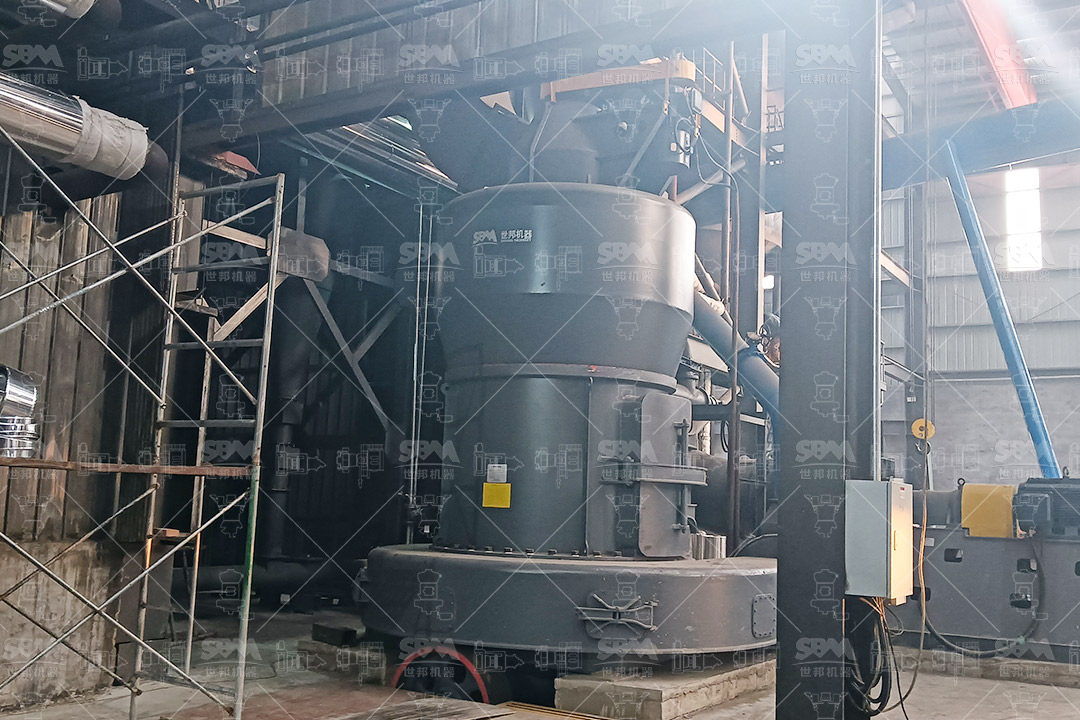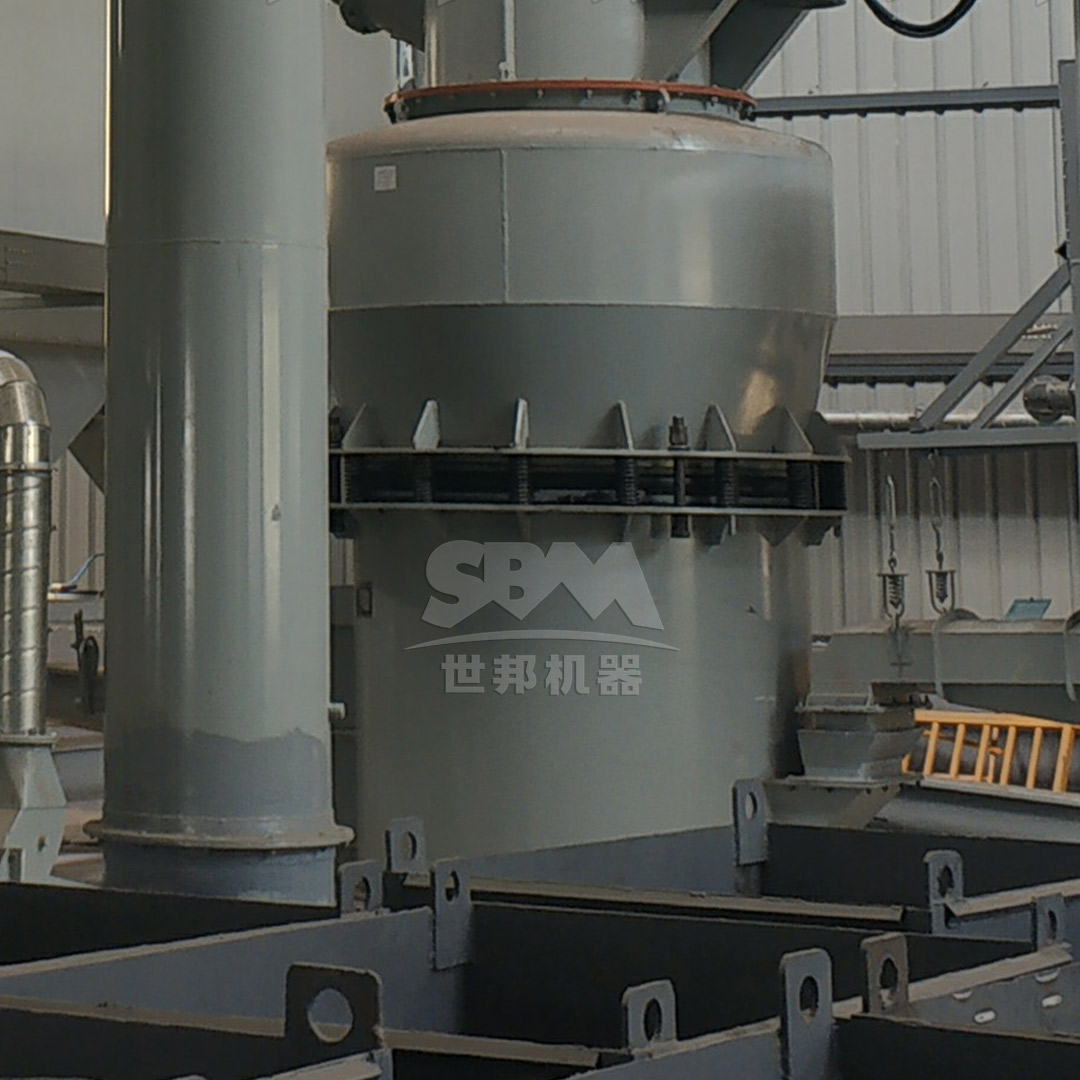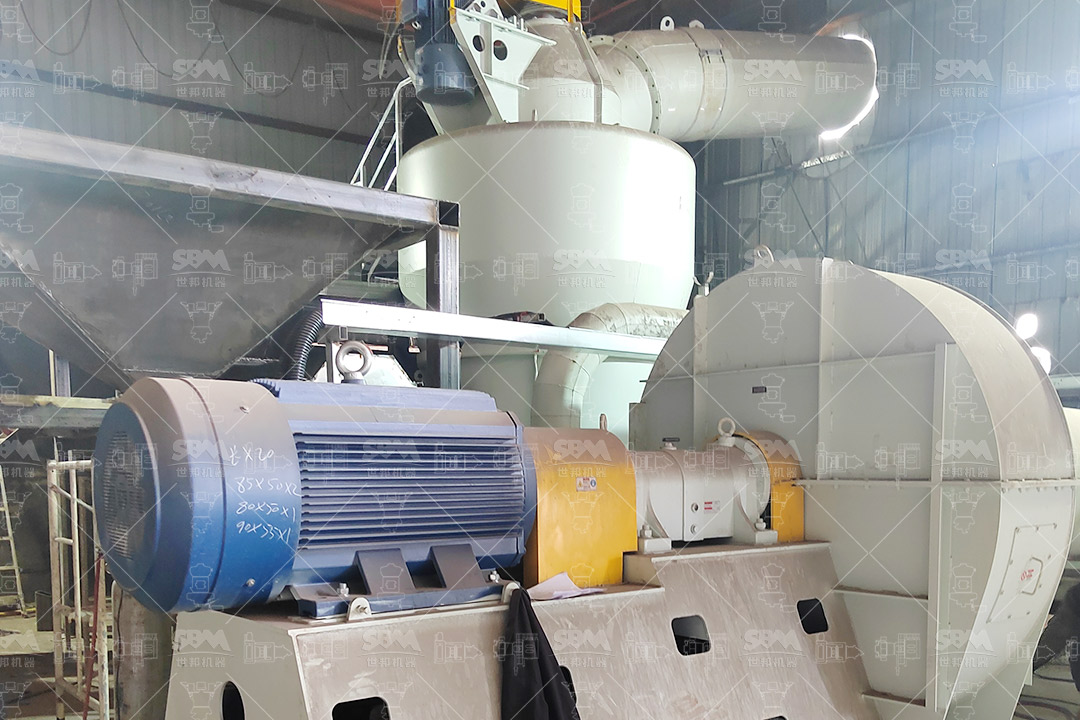The production of food-grade talc requires specialized grinding equipment that can achieve the precise particle size distribution, purity, and consistency demanded by food safety standards. Talc, when used as a food additive (E553b), acts as an anti-caking agent, release agent, and texturizer. Its effectiveness and safety are directly linked to its fineness and freedom from contaminants. Selecting the right ultrafine grinding mill is therefore a critical decision that impacts product quality, operational efficiency, and regulatory compliance. This guide provides a comprehensive framework for choosing the optimal talc grinding mill for food additive production.
For food applications, talc typically needs to be ground to a very fine powder. The target fineness often falls within the range of 325 mesh (45 μm) to 2500 mesh (5 μm). A narrow PSD is crucial to ensure consistent performance. Equipment with high-precision internal classifiers is essential to prevent coarse particles from contaminating the final product and to achieve the desired D97 value (the particle size at which 97% of the material is finer).
This is the most critical factor for food-grade production. The mill must be constructed with materials that prevent metallic contamination. The grinding elements (rollers, rings) should be made of high-chromium alloy or ceramic materials. Furthermore, the entire system must be designed for easy cleaning and maintenance to prevent cross-contamination between batches. A fully sealed, negative-pressure operation is ideal to contain dust and protect the product.
Your choice of mill must align with your production volume requirements. Capacity can range from a few hundred kilograms per hour for pilot plants to over 20 tons per hour for large-scale production. It is important to select a model that not only meets your current needs but also offers scalability for future expansion.
Ultrafine grinding is an energy-intensive process. Mills that offer higher throughput for the same energy input can significantly reduce operating costs. Look for technologies that have proven advantages over traditional methods like jet mills, such as higher efficiency and lower energy consumption per ton of product.
Food production facilities often have strict noise and emission standards. Modern mills should incorporate sound-dampening technologies to keep noise levels below 80 dB and feature highly efficient pulse-jet baghouse dust collectors to ensure emissions are well within international environmental regulations.
Several types of mills are available for talc processing. Here is a comparison of the most relevant technologies for food-grade ultrafine production:
| Mill Type | Typical Output Fineness | Key Advantages | Potential Drawbacks for Food Talc |
|---|---|---|---|
| Ball Mill | 0.074-0.8mm | Simple operation, high capacity | Cannot achieve ultrafine fineness, high risk of metallic wear contamination, high energy consumption. |
| Hammer Mill | 0-3mm | High crushing ratio, compact design | Suitable only for pre-crushing, not for final ultrafine grinding for food applications. |
| MTM/MTW Trapezium Mill | 30-325 mesh | Robust construction, good for medium fineness | Limited to the lower end of the ultrafine spectrum; may not meet requirements for the finest food-grade talc. |
| SCM Ultrafine Mill | 325-2500 mesh (5μm) | Excellent for ultrafine powder, high precision grading, energy-efficient. | Higher initial investment compared to conventional mills. |
| LUM Ultrafine Vertical Mill | 325-2500 mesh | High grinding efficiency, integrated system | Technology is more complex, requiring skilled maintenance. |
As the table illustrates, for the specific demands of food-grade talc in the ultrafine range (finer than 325 mesh), specialized mills like the SCM Ultrafine Mill and LUM Vertical Mill are the most appropriate choices.

Based on the stringent requirements for fineness, purity, and efficiency, the SCM Series Ultrafine Mill stands out as an ideal solution for food additive talc production.
| Model | Handling Capacity (ton/h) | Main Motor Power (kW) | Output Fineness (mesh) |
|---|---|---|---|
| SCM800 | 0.5 – 4.5 | 75 | 325 – 2500 |
| SCM900 | 0.8 – 6.5 | 90 | |
| SCM1000 | 1.0 – 8.5 | 132 | |
| SCM1250 | 2.5 – 14 | 185 | |
| SCM1680 | 5.0 – 25 | 315 |
The wide range of models, from the SCM800 to the SCM1680, ensures that you can find a unit that perfectly matches your production scale, from pilot projects to large-scale industrial output.

For applications where the target fineness for talc is on the coarser side of the spectrum (e.g., 30-325 mesh), the MTW Series Trapezium Mill presents a robust and cost-effective alternative. Its curved air duct and efficient drive system offer high transmission efficiency and lower maintenance costs. While not suitable for the finest food-grade talc, it is an excellent machine for general industrial mineral processing or as part of a multi-stage grinding circuit.
Successfully integrating a new mill into your food additive production line involves more than just purchasing the right equipment.

Selecting the ideal talc ultrafine grinding mill for food additive production is a multi-faceted decision that hinges on achieving the right balance of fineness, purity, capacity, and cost-effectiveness. For manufacturers targeting the demanding specifications of the food industry, advanced technologies like the SCM Ultrafine Mill are specifically engineered to meet these challenges. Its ability to deliver consistent, contaminant-free powder at high efficiency makes it a superior investment for ensuring product safety, performance, and competitiveness in the global food additive market. We recommend consulting with our technical experts to determine the optimal SCM model configuration for your specific talc processing requirements.